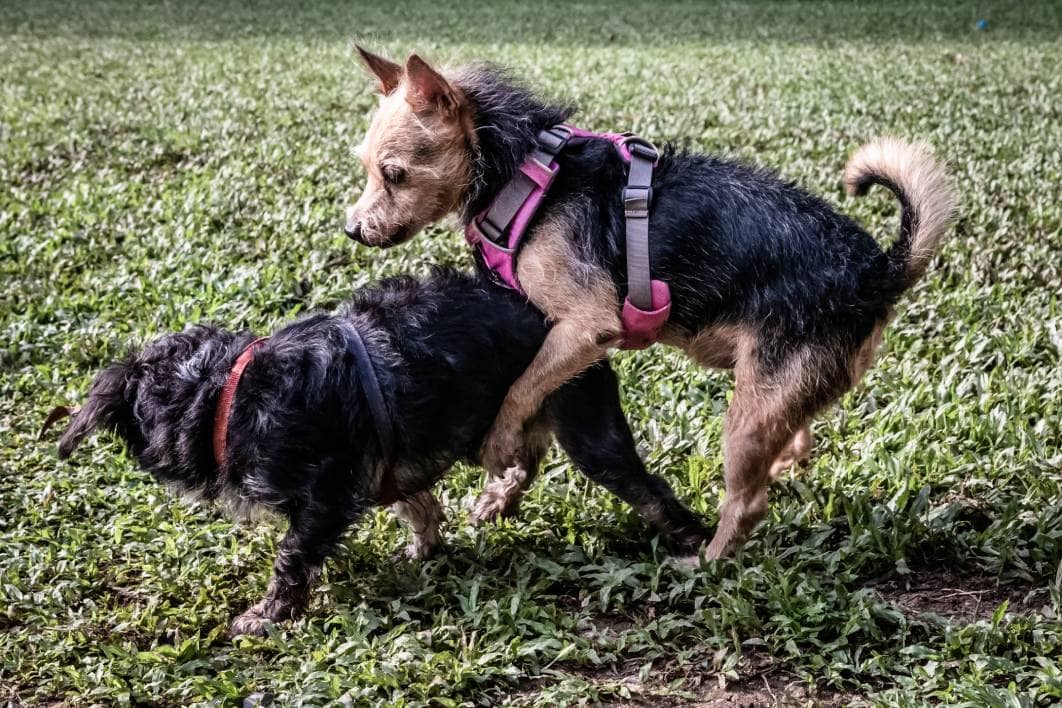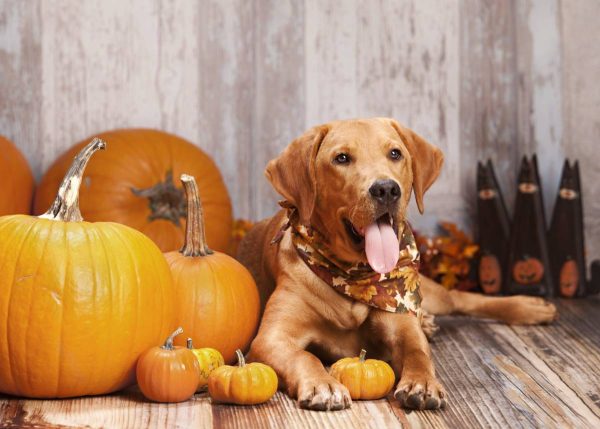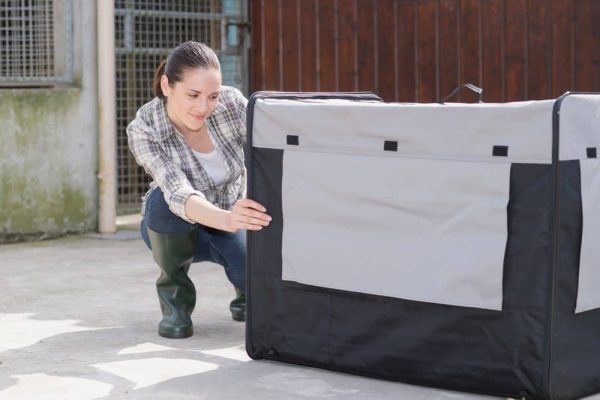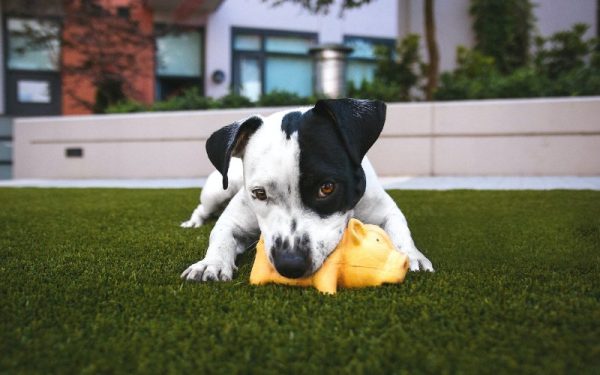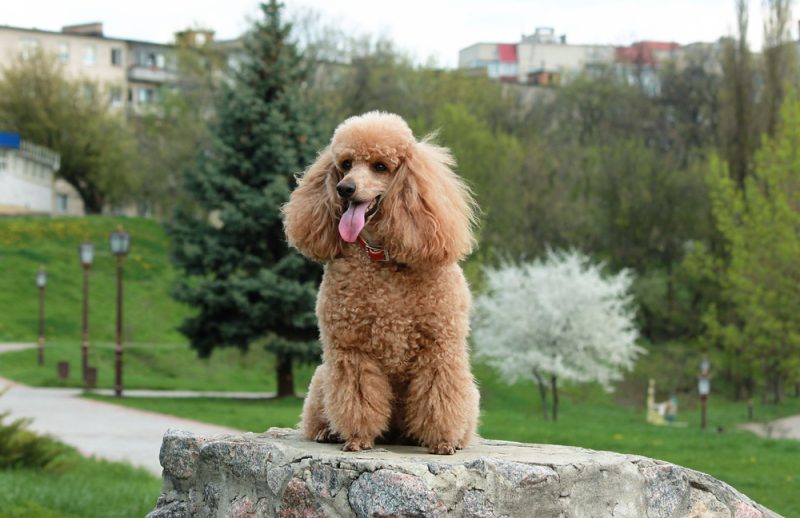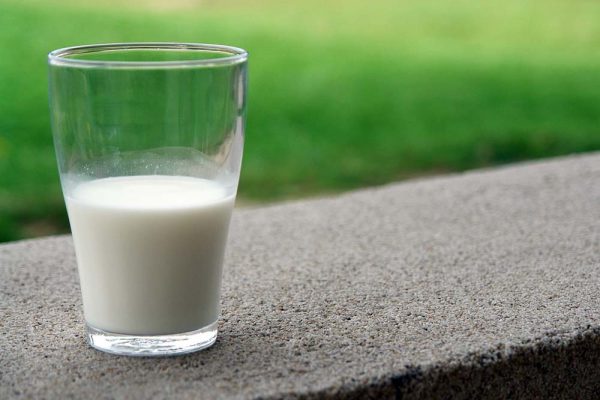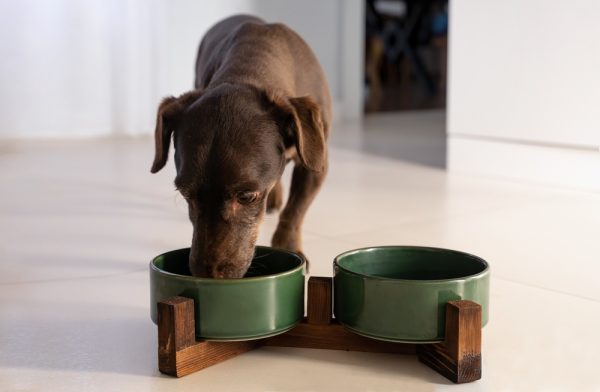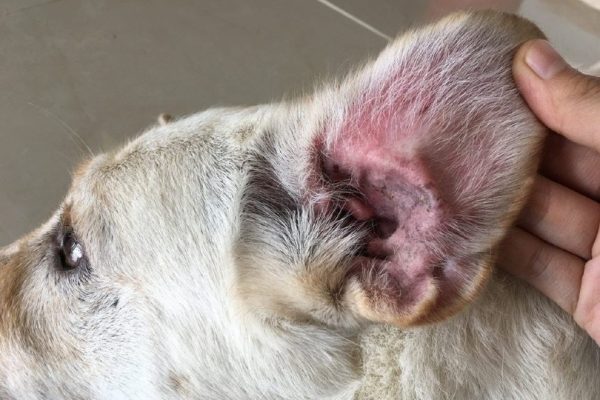Trying to breed a dog is no easy task, even if you know exactly what you’re doing. One of the hardest things to figure out is the exact time to breed your dog.
It’s not an exact science, but typically, the best days to breed a dog in heat are between the 10th and 14th day of her estrus. But that’s not completely foolproof.
So, how do you know what day is best for your pup, and what else do you need to know when mating your dog? Just keep reading, as we break everything down for you.

How to Determine When to Breed Your Dog
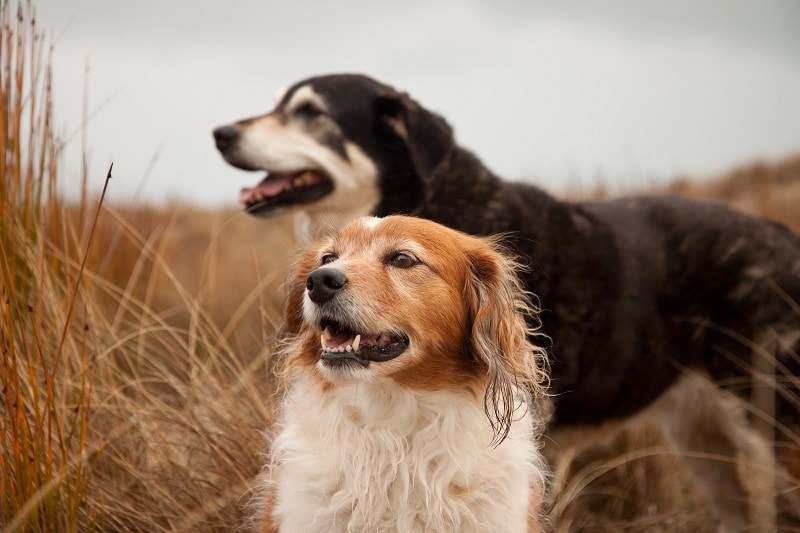
For the best chances of conception, you want to mate your dog around the time of ovulation; 2 days before ovulation to 4 days after. There are two ways to determine your dog’s approximate ovulation cycle when she’s in heat. Both involve taking your pup to the vet.
First, there’s a blood test that your vet can do, checking the levels of one of two hormones (progesterone or luteinizing hormone). Second, they can complete a vaginal cytology. These tests need to be performed every 2 days or so to be accurate, but can help narrow down when ovulation occurs. Aside from knowing when to breed your dog, it also helps to determine the due date of the puppies.
If you’re attempting to mate your dogs, you have a second mating 24-48 hours from the first mating session. This isn’t a large window, and considering that dogs only go into heat once or twice a year, if you miss the window, you’re stuck waiting for quite some time until you can try again.
How Do I Know When My Female Dog Is Ready to Mate?
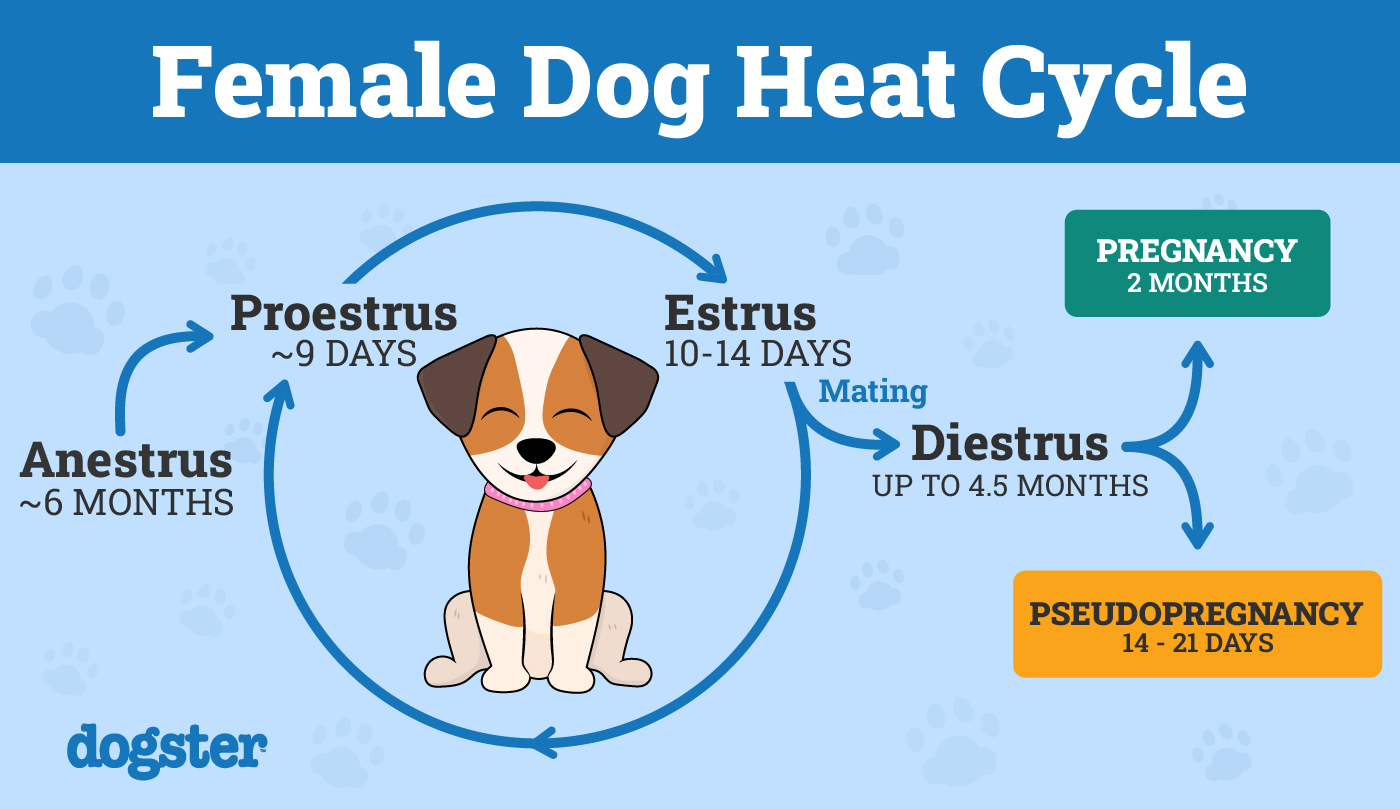
If you know what you’re looking for, there are a few clear-cut signs that your female pup is nearly ready to mate. The scientific term is proestrus. This starts to happen at the beginning of the heat cycle when estrogen levels start to rise. Your dog’s vulva will swell and they might have blood-tinged discharge.
They tend to get a little clingy and might start to show aggression toward male dogs who try to mate. Finally, your pup will probably pay extra attention to her genital area by licking it, and she might hold her tail close to her body.
After about 9 days (but depending on the breed and individual dog this can be 2 days to 3 weeks), the next phase of the cycle will begin, this is called oestrous. The oestrus coincides with ovulation and fertility, which is when the female will allow a partner to mount.
How Many Days Will a Female Dog Let a Male Mount Her?

The amount of mounting a female allows varies from dog to dog. In general, a female will be receptive during oestrous, which can last anywhere from 3 days to 3 weeks, although 9 days is average.
How Long Should Dogs Wait Between Litters?
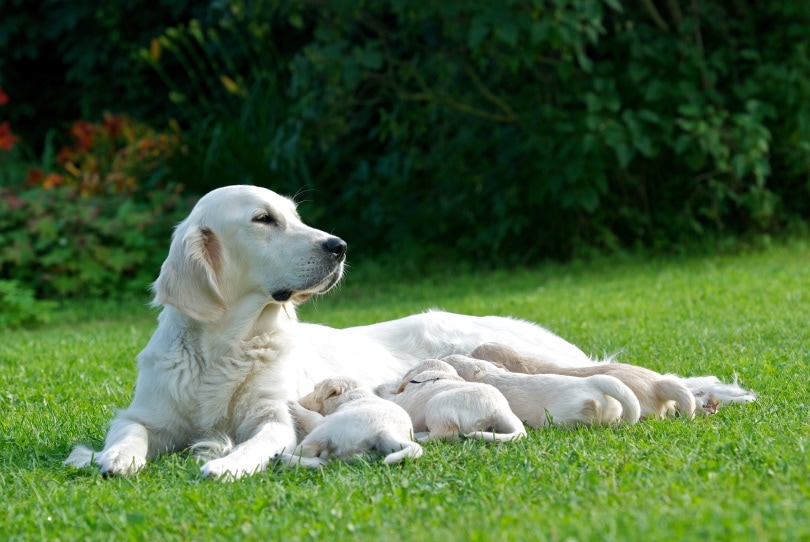
Considering that the gestation period for a dog is just over 60 days and that most breeds only have one heat cycle every 6-9 months, it’s not uncommon for your pup to not miss any heat cycle even if they get pregnant. While that can change if your pup is irregular, they can sometimes mate twice a year regardless of pregnancies.
But just because your pup can breed every heat cycle doesn’t mean they should. Since this area is controversial with limited scientific evidence, we recommend consulting your vet. It’s always best to take your pup’s health and previous pregnancy into consideration and consult with a vet.
Should I Breed My Dog?
If you’re considering breeding your dog, there are a few things to consider, as the situation can get out of hand when things don’t go as planned. Firstly, we want the puppies to be healthy, which means trying to minimize the risk of inherited health problems. Responsible breeders are aware of their breed’s common health problems and the ways to prevent them.
For example, for breeds prone to hip dysplasia, the parents should be hip-scored prior to breeding to minimize the inheritance of this disease. A good first step is to have your dog examined by a vet who can check your dog for genetically based problems and discuss further testing.
Breeding dogs and raising puppies isn’t always straightforward. You need to be prepared for financial costs, and heartbreak, and have the time to look after the mother and puppies. If your dog were to need a c-section to deliver the puppies, if a pup was to die, if orphaned puppies need feeding every few hours, you need to be able to cope with all these things.
There is an incredible amount of knowledge needed, like how to prepare for the birth and to pick up on common issues like retained placenta and mastitis.
Finally, dogs have on average 5–-8 puppies in a litter (although some can have more than 20!). We think you’re probably not planning to add that many dogs to your family, so the chances are you will need to find good homes for them. You need to make sure there is a market for these puppies and consider the negative impacts that breeding can have on animals in shelters.

Final Thoughts
Dog breeding isn’t nearly as easy as many people make it out to be. Finding the right days to breed your dog while she’s in heat is no small task, and considering a missed cycle means waiting another 6 months or more,, it’s a big deal.
To ensure that you don’t miss your dog’s cycle, consult with a vet and get a complete blood test to see if you can’t narrow down your dog’s most fertile days. This should increase your chances of success, which is a win-win for everyone involved!
Featured Image Credit by: Spik and I, Shutterstock
